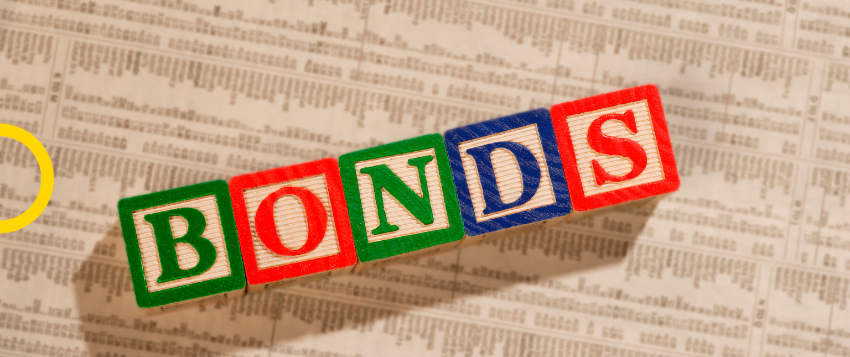In the complex landscape of finance, the terms “asset classes” and “investment products” are often used interchangeably, leading to confusion. However, a deeper understanding reveals that these terms represent distinct concepts in the world of investments. In this two-part series, we will explore the differences between asset classes and investment products, shedding light on their roles and contributions to a diversified investment strategy. In this first part, we will delve into various asset classes, differentiating them based on liquidity, risk, and return. In the second part, we will take a closer look at commonly used investment products to better understand their role in a well-managed investment portfolio.
Asset Classes vs. Investment Products
Asset classes are broad categories of investments that share similar characteristics, risks, and return profiles. They serve as the foundation for constructing diversified investment portfolios. The primary asset classes include equities (shares), fixed income (bonds), real estate (property), cash and cash equivalents, and real assets (such as collectables and commodities).
Investment products, on the other hand, are specific financial instruments or vehicles that allow investors to gain exposure to different asset classes. These products act as tools within asset classes, offering investors a means to customise their portfolios. Common investment products include tax-free savings products, unit trusts and retirement products, to name a few.
Taking a closer look at asset classes
Asset classes are the building blocks of your investment portfolio and ideally, your investment portfolio should hold a diverse exposure to various asset classes. Diversification in your portfolio will ensure that the risk exposure of your investment portfolio is spread out. Let us look at the main asset classes based on their risk and return characteristics as well as their liquidity as these factors will determine how much of each asset class you should include in your portfolio.
Cash and cash equivalents:
Cash and cash equivalents are short-term, highly liquid assets that are easily convertible to a known amount of cash and have a low risk of changes in value. These assets play a crucial role in a company’s or individual’s financial management strategy, providing liquidity and flexibility. Their stable and predictable value make them a reliable component for short-term financial planning and budgeting. Physical currency, cash in the bank or low-risk investments with maturities of three months or less, such as Treasury bills, money market funds, and certificates of deposit, are usually considered in this asset class.
- Liquidity: Highly liquid; can be easily converted to cash.
- Risk: Low risk but may be subject to inflation risk over time.
- Return: Generally lower returns compared to other asset classes.
Shares (Equities):
Shares represent units of ownership in a company. When an individual or entity purchases shares, they acquire a portion of the company’s ownership. Shares are typically issued in the form of certificates or recorded electronically. Each share corresponds to a unit of ownership and grants the shareholder certain rights, such as voting rights and a share in the company’s profits. Shareholders can buy or sell their shares on the open market, facilitating the liquidity of ownership. Shareholders may receive dividends as a distribution of the company’s profits. The number of dividends depends on the company’s profitability and its dividend policy.
- Liquidity: High liquidity, especially for large-cap shares traded on major exchanges.
- Risk: Moderate to high risk, depending on factors such as market conditions and company performance.
- Return: Historically, equities have provided higher returns over the long term.
Bonds (Fixed Income):
Bonds are debt securities that represent a loan made by an investor to a borrower, typically a government or a corporation. Essentially, when an investor buys a bond, they are lending money to the issuer in exchange for periodic interest payments and the return of the principal amount at the bond’s maturity. Bonds are assigned credit ratings by rating agencies, reflecting the issuer’s creditworthiness. Higher-rated bonds are considered lower risk, while lower-rated bonds may offer higher yields but come with increased risk. Bonds can be bought and sold in the secondary market before maturity. The market price may vary based on factors such as interest rates, credit rating changes, and market conditions. Bonds are integral components of the financial markets, providing a means for entities to raise capital and investors to earn fixed income.
- Liquidity: Varies based on the bond type, with government bonds typically more liquid than corporate bonds.
- Risk: Generally lower risk compared to equities but subject to interest rate and credit risk.
- Return: Moderate returns with interest payments and return of principal at maturity.
Property:
In the realm of investments, “property” typically refers to real estate or real property – physical assets comprising land and any structures or improvements affixed to it. Real estate is a distinct asset class that investors consider for its potential to generate income, provide capital appreciation, and serve as a diversification tool within an investment portfolio.
- Liquidity: Relatively lower liquidity, especially for direct real estate investments.
- Risk: Moderate risk, influenced by factors like market trends and property management.
- Return: Can offer a mix of rental income and capital appreciation.
Alternative asset classes (Collectibles, Commodities)
Collectibles encompass a wide range of tangible items that hold intrinsic value and appeal to collectors. This category includes art, antiques, rare coins, vintage cars, stamps, and other items with historical, cultural, or aesthetic significance. Collectibles often attract investors due to their potential for capital appreciation. Rarity, cultural significance, and historical importance can contribute to the value of these items over time. Commodities are physical goods that are interchangeable with other goods of the same type. They are categorised into two types: hard commodities (natural resources) and soft commodities (agricultural products). Investors turn to commodities for diversification and as a hedge against inflation. Commodities, such as precious metals and energy resources, often exhibit different price movements than traditional financial assets.
- Liquidity: Varies widely, but most alternative assets lack liquidity as their market is smaller.
- Risk: This can be high and dependent on factors such as market demand and rarity. Usually holding such alternative asset class in your portfolio requires special knowledge of the unique asset.
- Return: Potential for diversification and unique returns, but risks should be carefully assessed.
In next week’s article, we will take a closer look at how these asset classes are used in investment products and what role investment products play in your overall portfolio. Understanding the difference between asset classes and investment products will empower you to more effectively manage your investment portfolio.










